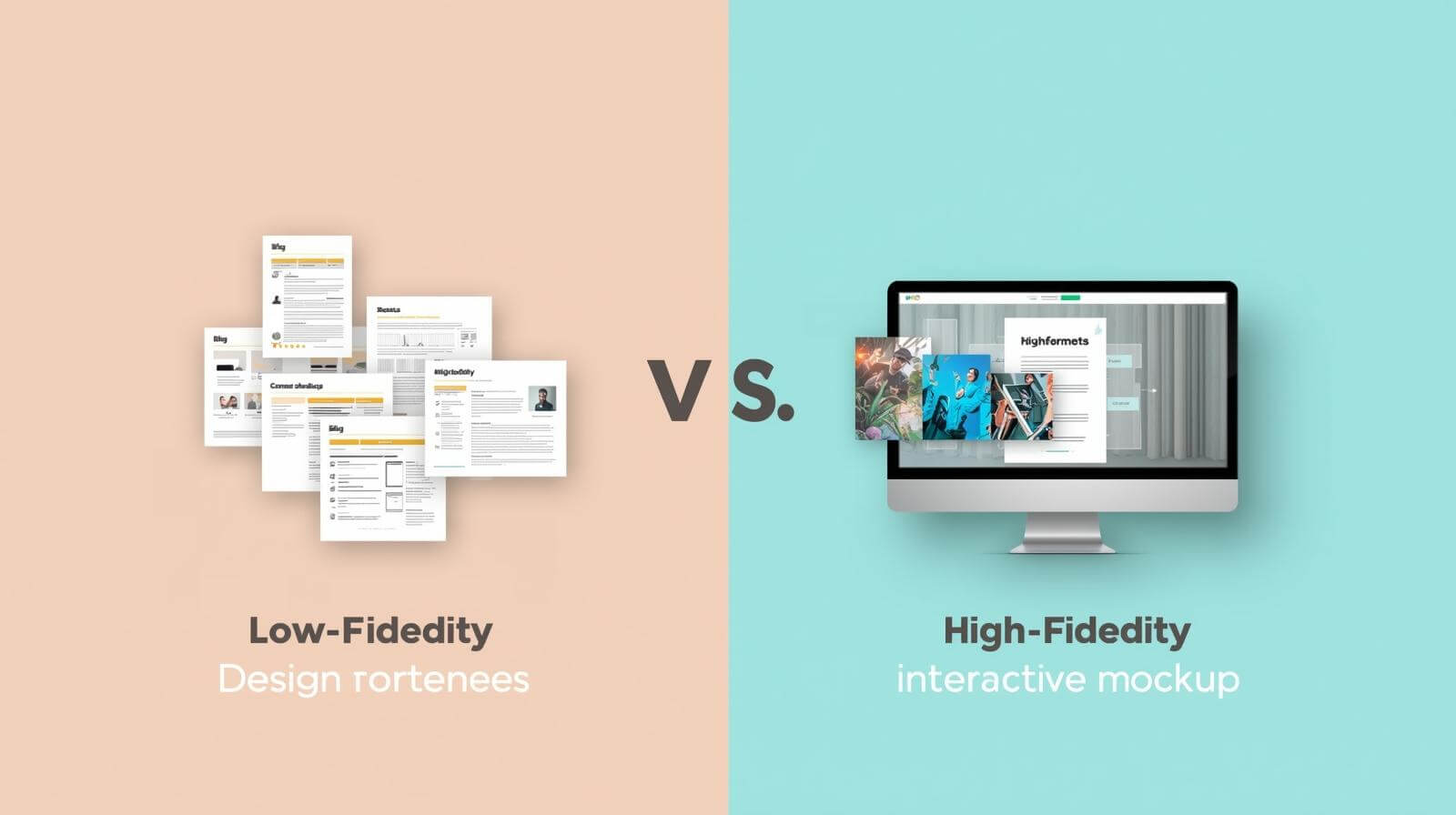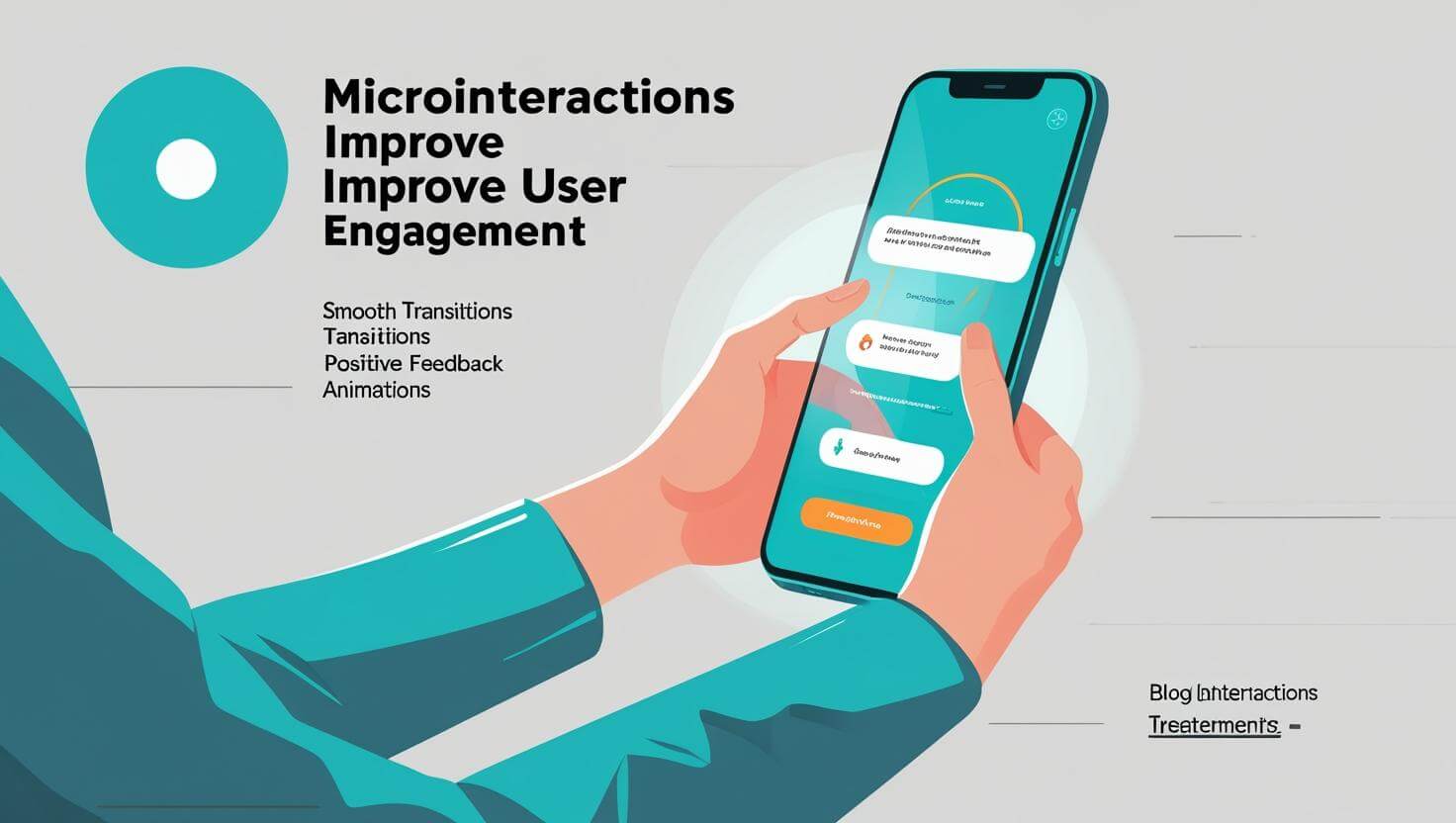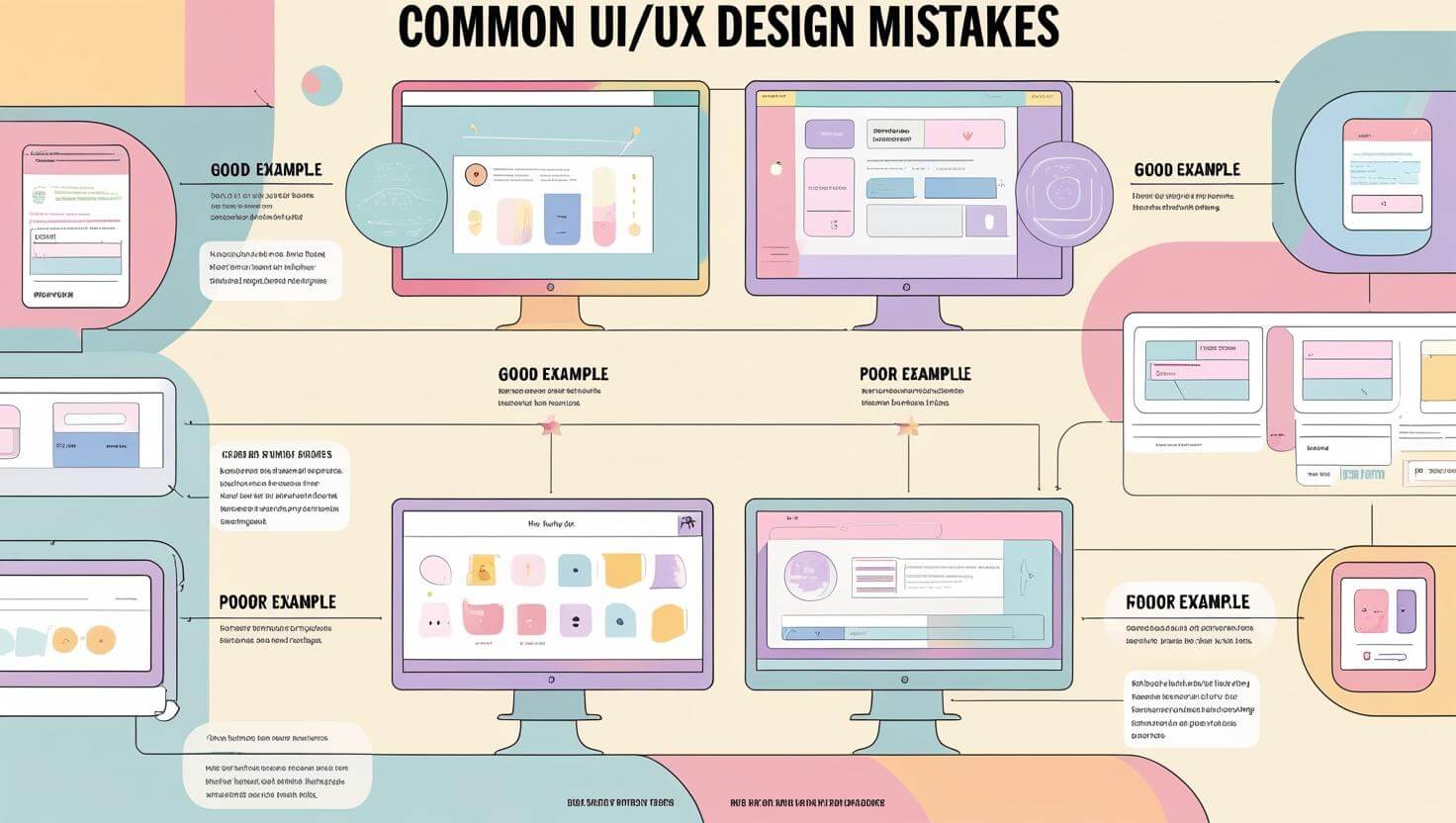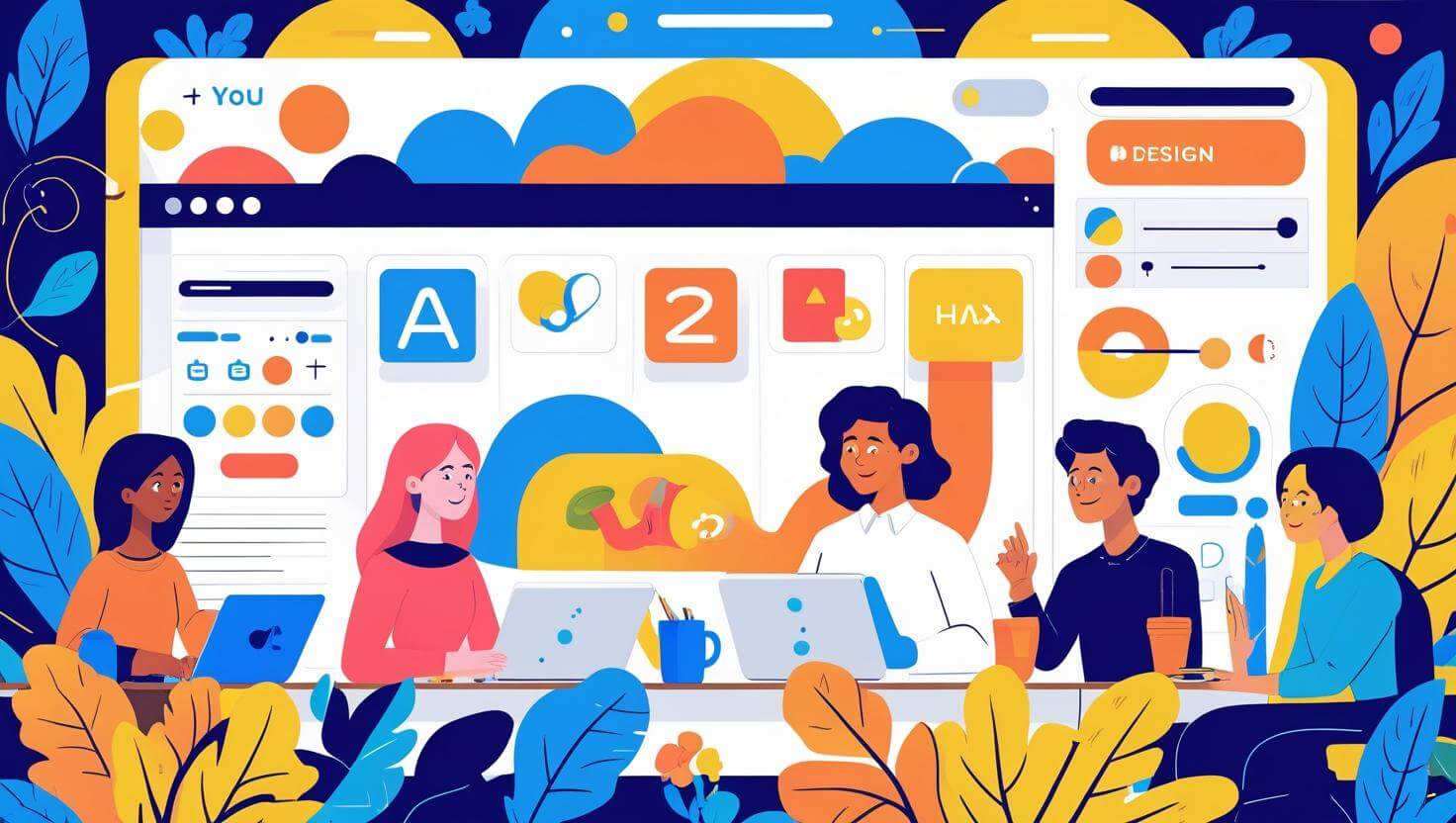
Low-Fidelity vs High-Fidelity Design Prototypes: Which Should You Choose?
Prototyping plays a crucial role in the UX design process. It helps teams validate ideas, refine user flows, and ensure the product provides real value. But not all prototypes are the same—especially when comparing low-fidelity vs high-fidelity versions.
Understanding the difference can save time, budget, and effort throughout the product lifecycle.
What Are Low-Fidelity Prototypes?
Low-fidelity (lo-fi) prototypes are simplified, early-stage representations of a product. They focus on structure and flow, not detailed visuals.
Common characteristics:
Rough sketches or basic wireframes
Simple interactions (if any)
Placeholder content
Popular tools:
Pen & paper
Whiteboards
Miro
Balsamiq
Figma (wireframes)
Advantages of Low-Fidelity Prototypes
Quick and inexpensive to create
Encourages rapid idea exploration
Users focus on functionality, not aesthetics
Easy to adjust based on feedback
Limitations
Not visually polished
Harder for users to visualize the final product
Limited interaction testing
Best for: early brainstorming, defining layouts, mapping user journeys
What Are High-Fidelity Prototypes?
High-fidelity (hi-fi) prototypes, on the other hand, are detailed and closely resemble the final product. These include real content, actual UI components, and interactive flows.
Common characteristics:
Polished interface design
Realistic interactions and animations
Brand-aligned typography, colors, buttons, and icons
Popular tools:
Figma
Adobe XD
Sketch
InVision
Protopie
Advantages of High-Fidelity Prototypes
Great for usability testing with real-world accuracy
Clearer communication for stakeholders and developers
Supports refinement of visual and interaction design decisions
Limitations
Requires more time and design effort
If done too early, may lead to costly rework
Best for: user testing, stakeholder presentations, developer handoff
Low-Fidelity vs High-Fidelity Prototypes: Key Differences
| Feature | Low-Fidelity | High-Fidelity |
|---|---|---|
| Level of detail | Basic structure | Full visual polish |
| Interactivity | Minimal | Realistic interactions |
| Cost & time | Low | Higher |
| Feedback value | Concept validation | Usability + visual validation |
| Best stage | Early ideation | Pre-development |
Which Should You Choose?
The answer: both—but at the right time.
Use low-fidelity prototypes to:
Explore and communicate early ideas
Avoid wasted effort on designs that may change
Involve users early in the process
Use high-fidelity prototypes to:
Test usability in real contexts
Finalize UI details and micro-interactions
Prepare a seamless developer transition


